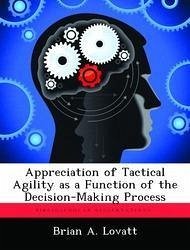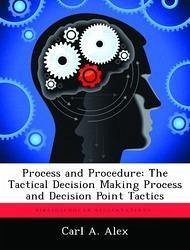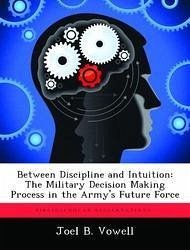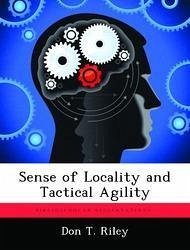Nicht lieferbar

Appreciation of Tactical Agility as a Function of the Decision-Making Process
Versandkostenfrei!
Nicht lieferbar
This monograph discusses the components and characteristics of decision-making that are necessary to achieve the tactical agility required in AirLand Battle. As one of the four tenets of AirLine Doctrine, agility - the ability to decide and act faster than the enemy - is fundamental to AirLand Battle's approach to generating and applying combat power. It is a prerequisite for seizing, maintaining and exploiting the initiative. The study is based on the premise that it is the relative effect of combat power compared to that of the enemy which determines the outcomes of engagements and battles. ...
This monograph discusses the components and characteristics of decision-making that are necessary to achieve the tactical agility required in AirLand Battle. As one of the four tenets of AirLine Doctrine, agility - the ability to decide and act faster than the enemy - is fundamental to AirLand Battle's approach to generating and applying combat power. It is a prerequisite for seizing, maintaining and exploiting the initiative. The study is based on the premise that it is the relative effect of combat power compared to that of the enemy which determines the outcomes of engagements and battles. It proceeds with a theoretical inquiry into the nature of agility as it relates to combat power, the environment of battle, and the decision-making process. Next it examines these relationships in the context of two historical examples: Balck's counterattack along the Chir River in December of 1942, and Wood's exploitation in the Nancy Bridgehead in September of 1944. Based on this theoretical and historical analysis, the study then presents a conceptual model of an 'agile decision-making process.' This conceptual model suggests how the basic decision-making process - a feedback control mechanism - can be adapted to the uncertain, unpredictable and constantly changing battlefield to achieve a relative combat power advantage through tactical agility. It considers how such an adapted process can deal with the inherent elements of risk and unstable probabilities on the battlefield to generate further opportunities for exploitation. In considering such a process, this discussion also identifies specific characteristics required in both the decision-making organization and, the leaders who make decisions, and those who execute them. Together, they represent a system of battle designed to meet the tactical agility requirements of AirLand Battle.









